3
This is a temporary redirect. You’re unlikely to use one of these except when the page being redirected to is temporary. Search engines will not follow these redirects.
a
Adwords is Google’s Pay Per Click advertising programme. Advertisers pay for their listing to appear on search results pages when particular keywords are searched for, and pay each time their advert is clicked on.
an attribute that is part of the code behind an image in HTML, which describes the image. It isn’t shown to the user except when an image is broken and is used for those with accessibility issues. Search engines use this attribute as part of their algorithm so they can understand what the image is.
b
the percentage or number of users that enter and then leave a website without navigating to another page.
c
refers to duplicate content caused by a page existing under more than one URL. The same page existing under more than one URL can be overcome with 301 redirects or the canonical Meta tag.
a technique used to hide content from users but show it to search engines. This is a black hat technique and is frowned upon, and can result in penalisation of your site.
d
a website that categorically lists other websites for easy searching.
f
g
h
stands for “hyper text mark-up language” and is the code that makes up a website.
i
this is when a page is returned to a user in search engine results page (SERPs)
j
k
a word (or phrase) that a user wants to search for (when searching) or wants to associate a page or piece of content onto a web page.
the percentage or number of times a keyword has been mentioned on a page.
l
a page that has been designed with the sole purpose of attracting back links. These pages are often highly useful or fun pages. They often go viral through social media sharing.
m
n
a command that prevents search engines from following a link or an entire page, depending on how it has been used.
o
search engine results which are not paid for advertisements. Paid advertisements generally appear in a (sometimes only slightly) different coloured box at the top, bottom or right hand side of the search results.
p
also known as “link juice,” page rank is determined by the number of backlinks to a site, their relevance and other factors.
an advertisement scheme where a cost is incurred by a company whenever someone clicks on one of its ads.
q
r
stands for “return on investment” which shows the increase or decrease in revenue based on an investment.
s
stands for “search engine results page”, which is the page you see after you have searched for your query.
a bookmark to a website or page that has been found to be useful and has been posted on social media websites.
sharing information, opinions and news on blogs, forums, social sites such as Facebook and Twitter, and rating sites such as Reddit.
omeone who posts lots of useless information to unrelated places in the hope of reaching their goal or to simply annoy other web users.
see “Search Engine Robots”.
t
the amount of time a user spends on a page before moving to another.
a value between 0 and 10 that has been assigned by Google to primarily describe page importance/trust. This is calculated based on varying factors including link relevancy. The higher this number, the more trust the page is said to have and is normally updated every few months.









